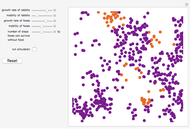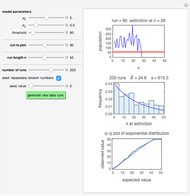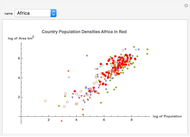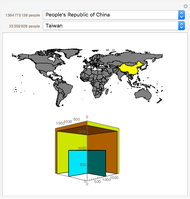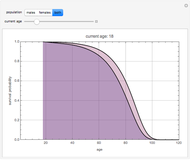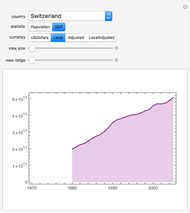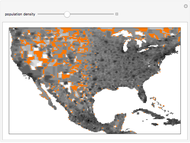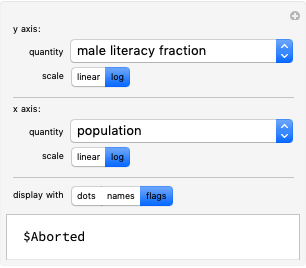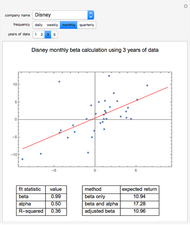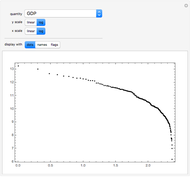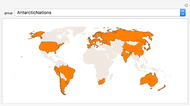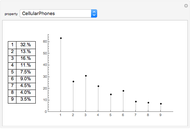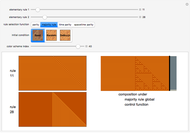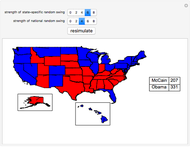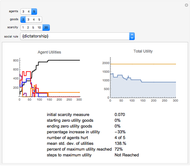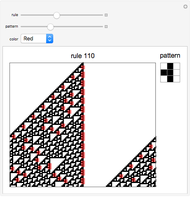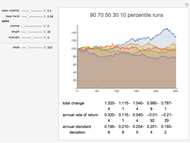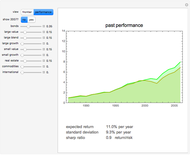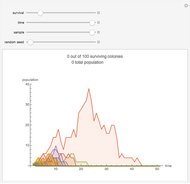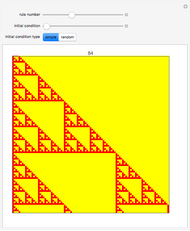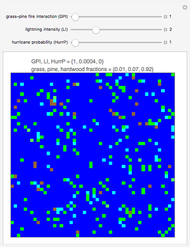An Amoeba Problem

Requires a Wolfram Notebook System
Interact on desktop, mobile and cloud with the free Wolfram Player or other Wolfram Language products.
This stylized amoeba problem is a classic illustration of a random process. Each sample colony starts from a single parent amoeba. At each time step, each living amoeba either survives to split into two or dies out, with a constant survival chance. A colony dies out if all its members—daughters of one original parent—die out. For different probabilities of survival, times, and starting sample sizes, the population history of each colony is shown, along with the number of surviving colonies and the total number of surviving individuals.
Contributed by: Jason Cawley (March 2011)
Open content licensed under CC BY-NC-SA
Snapshots
Details
For individual survival chances well below half, all colonies will frequently die out in finite time.
For high survival chances, many colonies will still die out, but the most successful will grow exponentially, and total population rises as a result.
Larger samples will show more outlier survivors. At short time scales, chance dominates the fate of each colony.
Generalizations of the problem can involve the possibility of more than one daughter cell at each generation, or a link between survival probability and existing population level (to model resource depletion, for example).
The problem can also be thought of as modeling the consequences of a series of double or nothing bets—note how much of the eventual "population" belongs to the most successful colonies.
Permanent Citation
"An Amoeba Problem"
http://demonstrations.wolfram.com/AnAmoebaProblem/
Wolfram Demonstrations Project
Published: March 7 2011







